THE WHICHEV VIEW: UK car market sees notable growth according to the SMMT

By WhichEV The UK’s new car market recorded a significant upturn, marking its 20th consecutive month of growth, with new car registrations climbing by 10.4%. This surge resulted in 317,786 new cars being registered, all sporting the new ’24’ numberplate, indicating the strongest March since 2019. However, this achievement still trails behind the pre-pandemic figures […]
Used EV sales up, but overall demand for second-hand cars falls
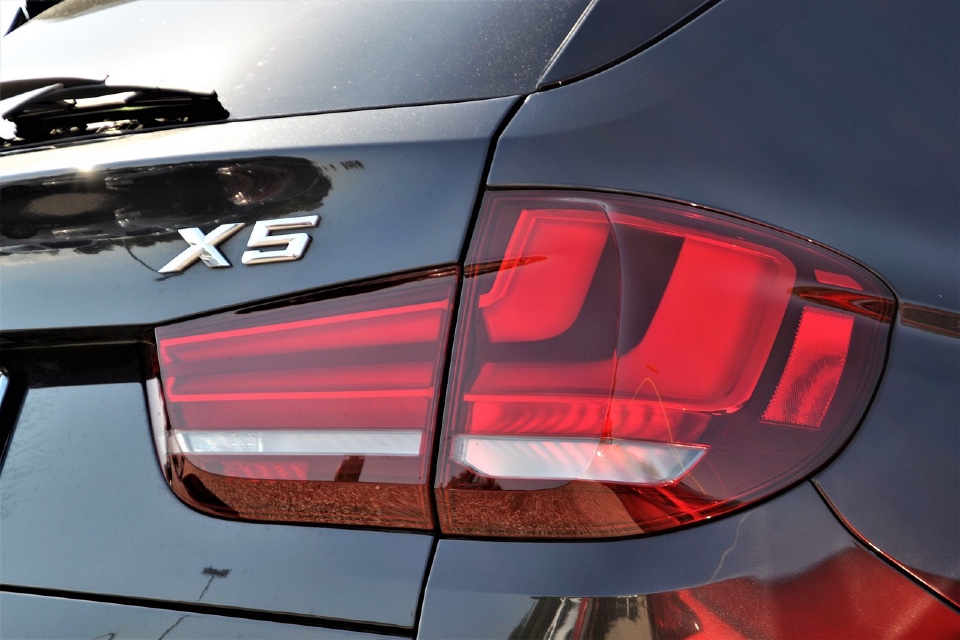
The UK’s used car market declined in 2022, down -8.5% to 6,890,777 transactions, according to the latest figures published by the Society of Motor Manufacturers and Traders (SMMT). The performance saw 640,179 fewer vehicles changing hands than in 2021, and remains -13.2% off 2019’s pre-pandemic total, as the squeeze on new car supply – primarily […]
UK’s automotive sector ‘faces weak recovery’ in 2023
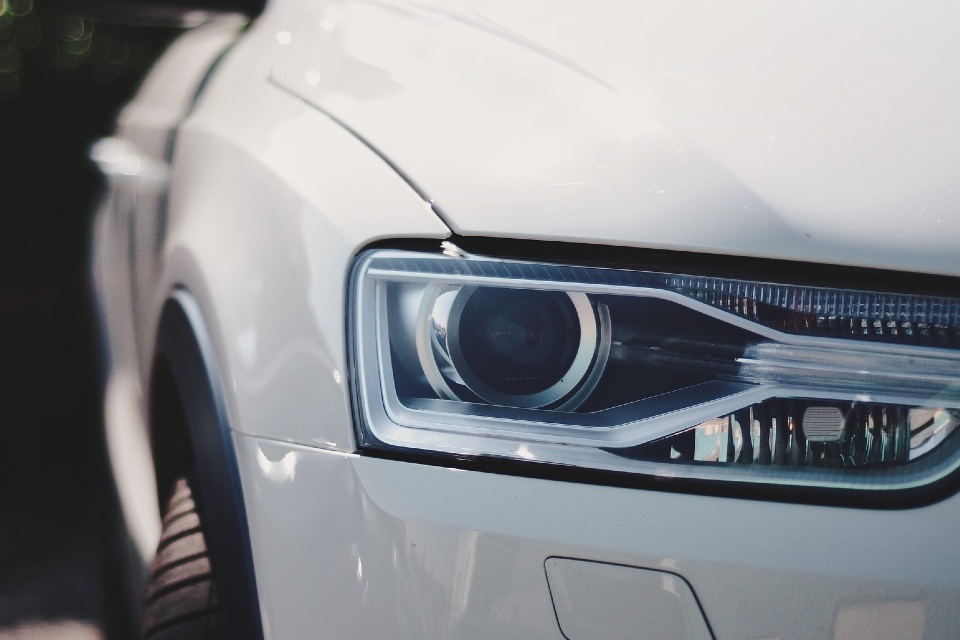
Following the release of data by the Society of Motor Manufacturers and Traders (SMMT), showing that the UK new car market was down 2% at 1.61 million sales in 2022, a leading analyst predicts recovery will be slow. The UK new car market recorded its fifth consecutive month of growth in December, with an 18.3% […]
SMMT: UK car production down a fifth in 1H22 though shortages ease

UK car production declined -19.2% in the first six months of the year, according to figures published today by the Society of Motor Manufacturers and Traders (SMMT), with 95,792 fewer vehicles built compared with the same period in 2021. 403,131 units were built, representing the weakest first half since the pandemic-ravaged 2020 and worse than […]
Supply chain issues see new car sales slump in May
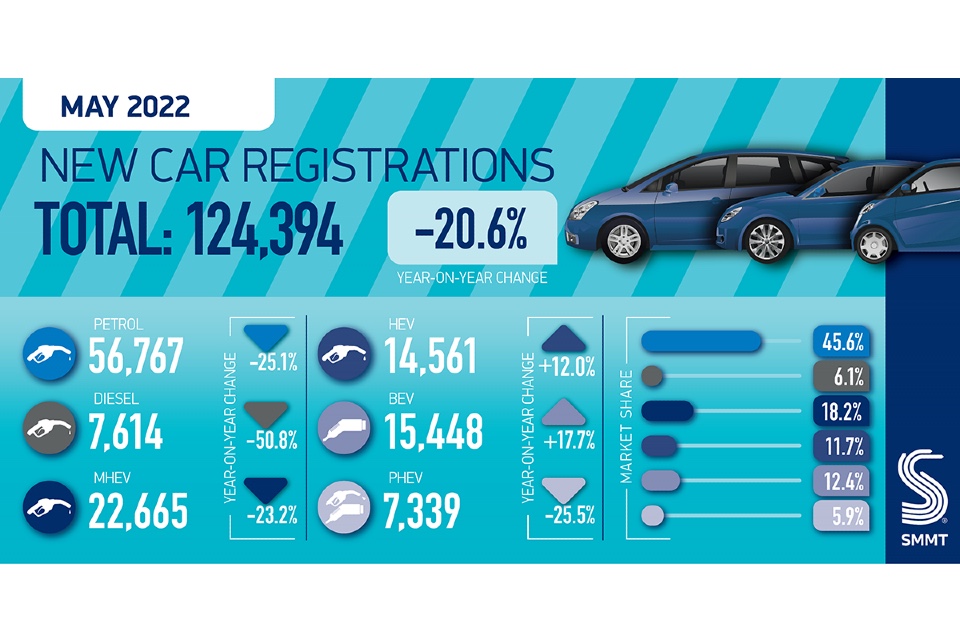
New UK car registrations fell -20.6% to 124,394 units in the second weakest May since 1992, after the 2020 pandemic-hit market, as supply shortages continued to hamper new purchases and the fulfilment of existing orders, according to the latest figures from the Society of Motor Manufacturers and Traders (SMMT). The decline, compared with the first […]
Grey is the colour… again!
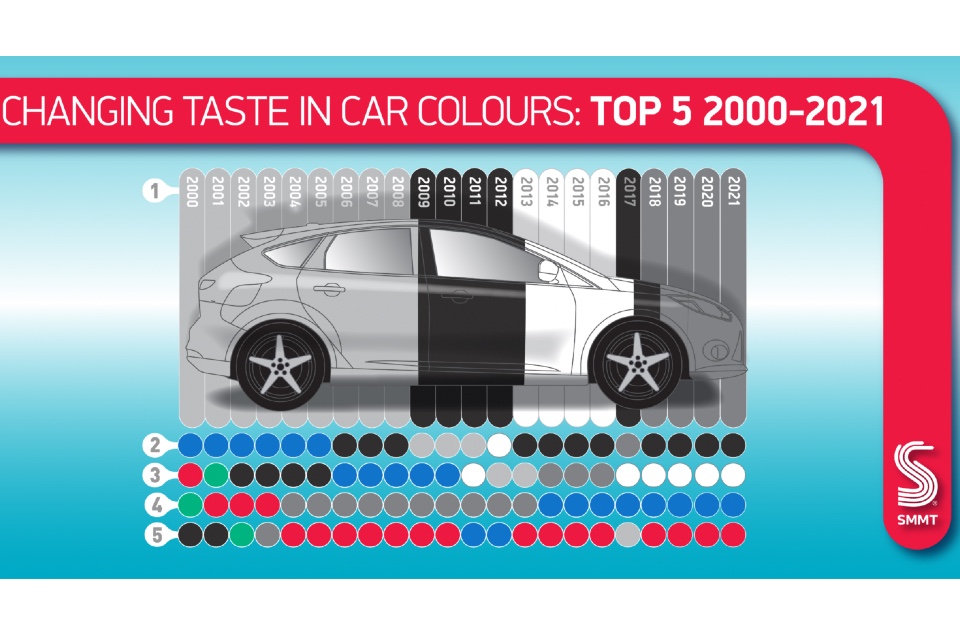
British drivers doubled down on their preference for monochrome cars in 2021, with grey increasing its dominance as the UK’s favourite new car colour for the fourth year in a row, according to figures published today by the Society of Motor Manufacturers and Traders (SMMT). During a year of pandemic-related disruptions impacting total new car […]
COVID stalls 2021 UK new car market but EV sales strong
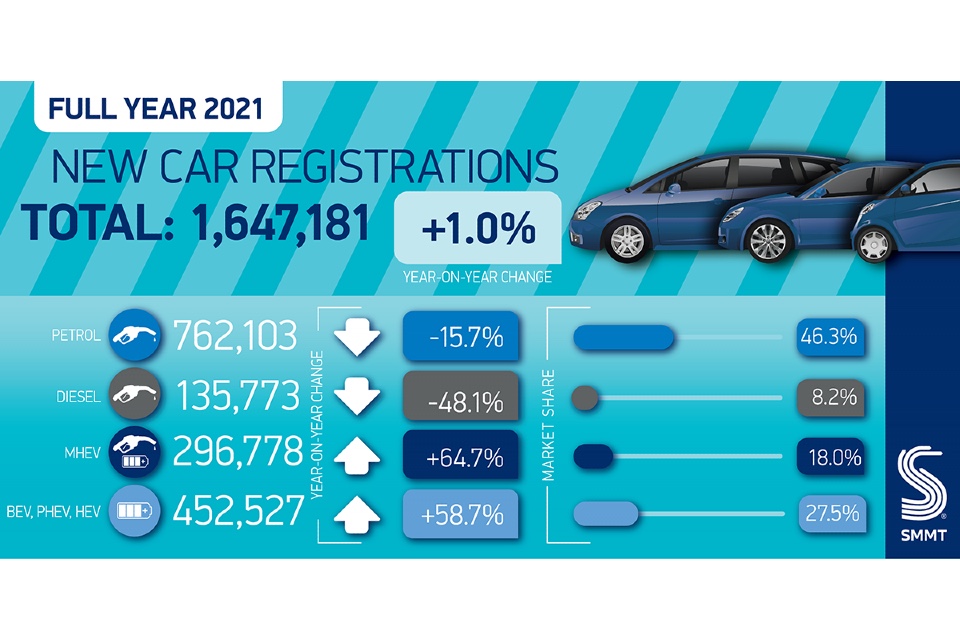
2021 new car registrations grew by just 1% on a pandemic-ravaged 2020, as 1.65 million new cars entered the UK market, according to figures released by the Society of Motor Manufacturers and Traders (SMMT). The figures underline the ongoing impact of Covid and the semiconductor shortage on the industry, with the market down -28.7% on […]
Low emissions car registrations hit record share in Europe

According to data from 26 European markets, new car registrations slowed in July, recording a year-on-year decline of 24% as total volume decreased from 1.27 million units to 967,830 – But low emission cars took a greater share of sales than ever before. Similar results were recorded in July 2012, when the market registered 966,090 […]
Business confidence ‘drives cautious recovery’ in car registrations

With the year’s first full month of showroom openings, new car registrations in May reached 156,737 units, according to the latest figures from the Society of Motor Manufacturers and Traders (SMMT). The total represents an almost eightfold increase on the same month last year, but is down -14.7% on pre-pandemic May 2019, and -13.2% on […]
Alternative fuel cars hit record sales, but overall market falls
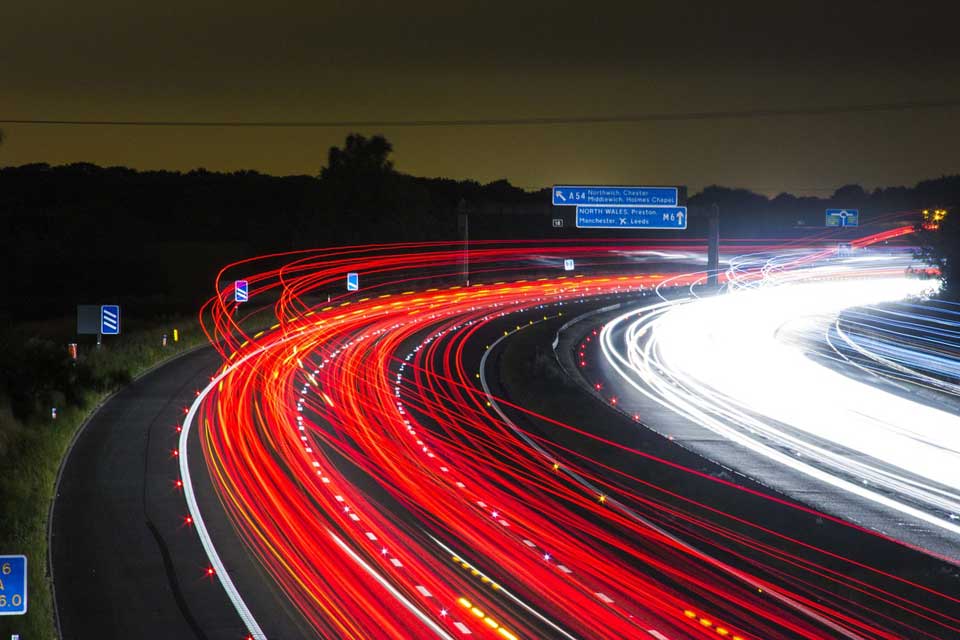
The UK new car market fell -1.3% in November, with 156,621 models registered, according to figures released by the Society of Motor Manufacturers and Traders (SMMT). This maintains the downward trend for new car registrations throughout 2019, as multiple factors, including weak business and consumer confidence, economic uncertainty and confusion over diesel and clean air […]


